Yuil Seolleongtang (유일설렁탕)
7.0Km 2021-03-29
154, Yongmasan-ro, Gwangjin-gu, Seoul
+82-2-452-5860
It is a store that has been in operation since 1987. This Korean dishes restaurant is located in Gwangjin-gu, Seoul. The most famous menu is ox bone soup.
The Bus Stop (더버스스탑)
7.0Km 2024-03-12
26-1, Toegye-ro, 20-gil, Jung-gu, Seoul
+82-10-9083-9616
Located between Myeongdong Street and Namsan Mountain, this café is a perfect place to stop for a drink and dessert while traveling around Seoul, as its name means "bus stop". They serve tasty coffee, ade, bubble tea, and other drinks, as well as a variety of desserts. The neighboring Namsan Pork cutlet Street is worth a visit for meal before visit here.
Seoul Mangusan Mountain (망우산(서울))
7.0Km 2021-02-10
San 69-1, Mangu-dong, Jungnang-gu, Seoul
+82-2-2094-2395
Mangusan Mountain at 281.7 meters above sea level spans across Mangu-dong and Myeonmok-dong of Seoul, and Guri-si of Gyeonggi-do. Located on the mountain is Mangu Cemetery, which was designated as a public cemetery in 1933. Since its designation, many popular people have been buried here including children’s literature author Bang Jeong-hwan (penname: Sopa), independence activists Oh Se-chang and Han Yong-un, and Ji Seok-young who pioneered the use of the smallpox vaccination in Korea and was also a Korean linguist. In addition, tombstones bearing chronological listings of seven popular poets and one educator were installed at the park, making the cemetery a venue for historical education. The park also has Sin Gyeong-jin Sindobi, a cultural asset designated as Seoul Tangible Cultural Property No. 95. It is a monument of Sin Gyeong-jin, an official scholar of the Joseon dynasty.
The park also has a 5.2-kilometer-long circular road named “The Thinking Path”. The name was selected through a public competition held in May 1998. Other facilities include the urban environment and nature observation road, a wooden gazebo, and a mineral spring. Thanks to the well managed trees and clean air, the park is visited by many citizens seeking a place to rest.
Bongchu Jjimdak Myeongdong Post Office (봉추찜닭 명동중앙우체국)
7.0Km 2024-03-12
47, Myeongdong, 8na-gil, Jung-gu, Seoul
+82-2-3789-9381
Located in Myeongdong Street, Bongchu Jjimdak Myeongdong Post Office branch specializes in jjimdak (braised chicken). Jjimdak is a Korean-style soy sauce glazed chicken that originated in the Andong region and features chicken stir-fried with potatoes, carrots, onions, garlic, glass noodles, and rice cakes. Their signature dish is ppyeo eomneun jjimdak (braised boneless chicken), which is easy to eat even for beginners. Its spicy level can be adjusted and cheese can be added to suit personal preferences.
Bodolmiyeok Myeongdong(보돌미역 명동)
7.0Km 2020-10-30
B1F, 10, , Myeongdong, 8na-gil, , Jung-gu, , Seoul
+82-2-772-7600
This is a Korean cuisine located in Myeong-dong, Seoul. A restaurant specializing in seaweed soup loved by Koreans. The representative menu is clam seaweed soup.
kr Myeongdong Samgyetang (kr명동삼계탕)
7.0Km 2021-05-12
49, Myeongdong, 8na-gil, Jung-gu, Seoul
+82-2-778-7370
It makes Samgyetang (Korean ginseng chicken soup) using herbal broth as a store with more than 20 years’ experience. This restaurant's signature menu is ginseng chicken soup. This Korean dishes is located in Jung-gu, Seoul.
Louis Bon - Myeong-dong Branch [Tax Refund Shop] (루이본 명동)
7.0Km 2024-04-22
#101, 37, Toegye-ro 20-gil, Jung-gu, Seoul
-
Deoksugung Palace (덕수궁)
7.0Km 2024-10-31
99 Sejong-daero, Jung-gu, Seoul
+82-2-771-9951
Registered as a Historic Site, Deoksugung Palace was initially not a royal palace, but the residential home of Grand Prince Wolsan (1454-1488), the older brother of King Seongjong (1469-1494) of the Joseon dynasty. It wasn't until 1593 that the palace was used as a temporary palace of the royal family after their home was burned down during the Imjin War. King Seonjo also stayed at Deoksugung Palace after returning to the city. It became a proper palace when Gwanghaegun (1575-1641) ascended to the throne and gave this royal residence the name Gyeongungung Palace in 1611. Over the following decades, the palace alternated between being an official palace and a temporary residence. The name did not change officially to Deoksugung Palace, meaning the “palace of virtuous longevity,” until 1907. While the palace once encompassed a vast area with many buildings, the current palace grounds are just a small shadow of the prior splendor, with very few structures remaining.
Deoksugung Palace's Daehanmun Gate (덕수궁 대한문)
7.0Km 2024-10-30
99, Sejong-daero, Jung-gu, Seoul
+82-2-771-9951
Located near City Hall station, Daehanmun Gate is the main gate of Deoksugung Palace, one of the princiapl five palaces of Joseon Dynasty. The name "Daehan" means wish for eternal prosperity of the Korean Empire. In front of the gate, the Palace Royal Guard Changing Ceremony is held twice daily, along with the reproduction of costumes and style throughout the year.
Bank of Korea Money Museum (한국은행 화폐박물관)
7.0Km 2018-10-25
39, Namdaemun-ro, Jung-gu, Seoul
The Bank of Korea Money Museum introduces the history of the currency culture home and abroad through the history and documents related to the Bank of Korea. The museum is not just a cultural space, but also a great place for hands-on education. Exhibitions explain the minting process and the recognition of counterfeits as well as displaying systematic research documents on money and the state economy.
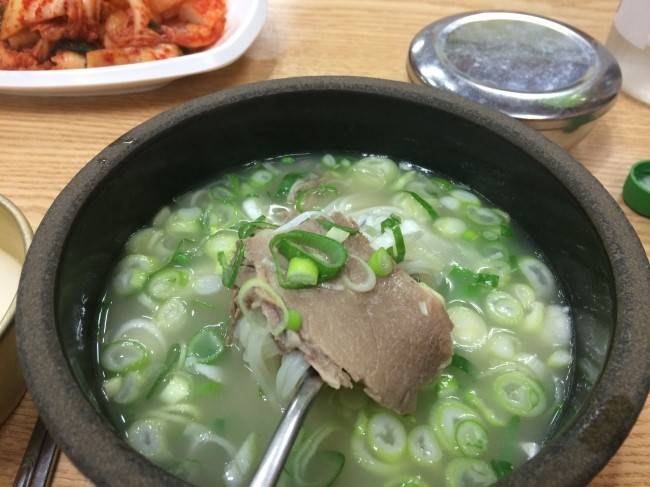

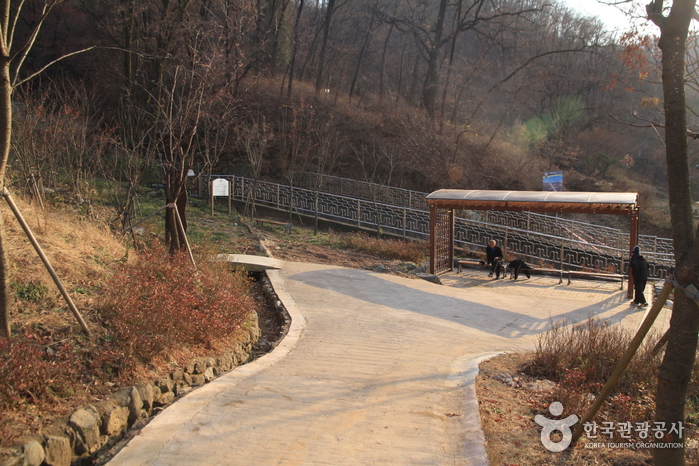
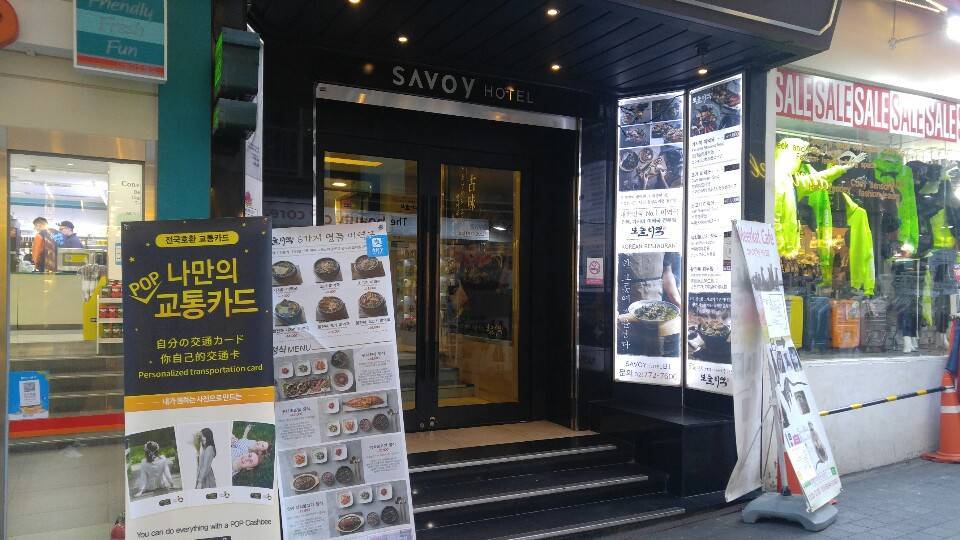
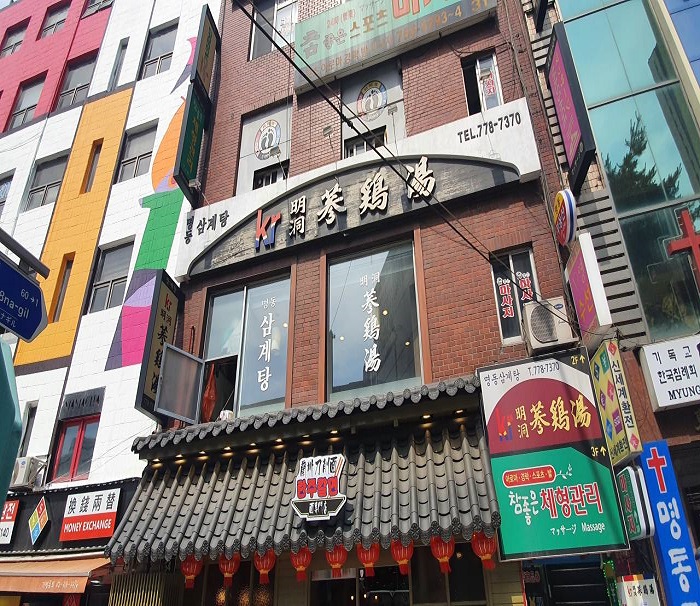
![Louis Bon - Myeong-dong Branch [Tax Refund Shop] (루이본 명동)](http://tong.visitkorea.or.kr/cms/resource/50/2889050_image2_1.jpg)
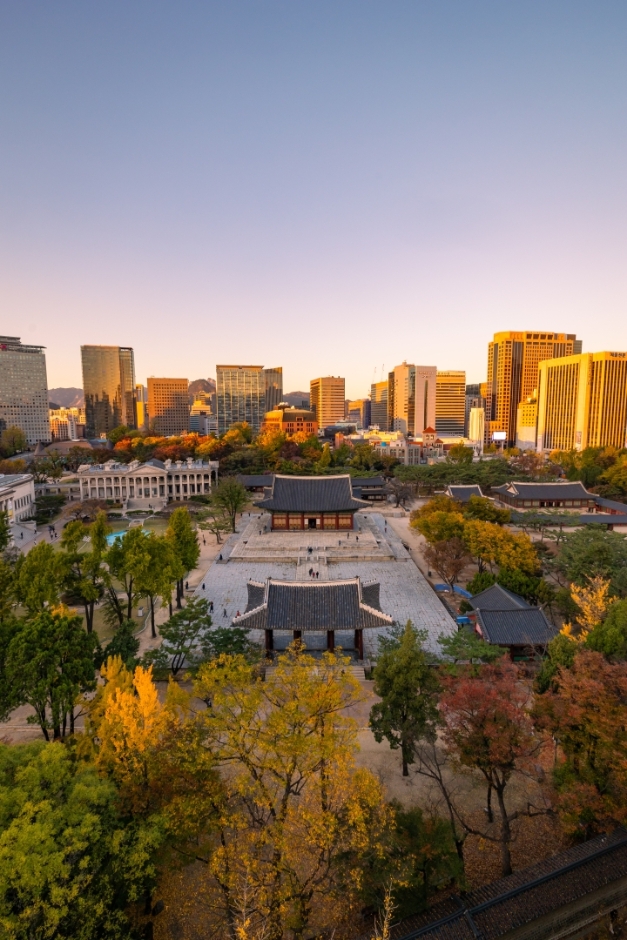
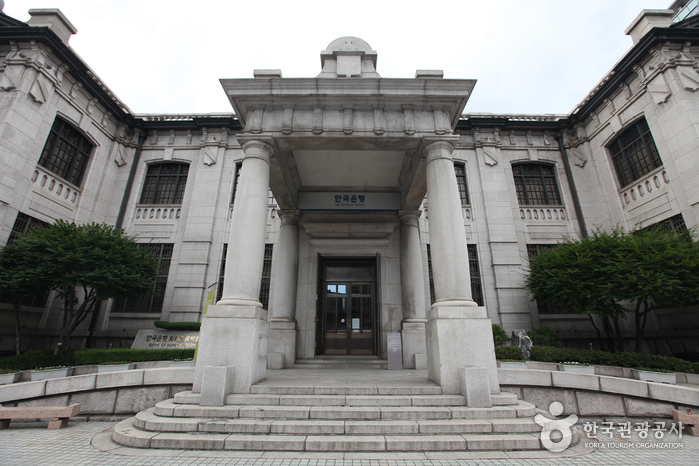
 English
English
 한국어
한국어 日本語
日本語 中文(简体)
中文(简体) Deutsch
Deutsch Français
Français Español
Español Русский
Русский